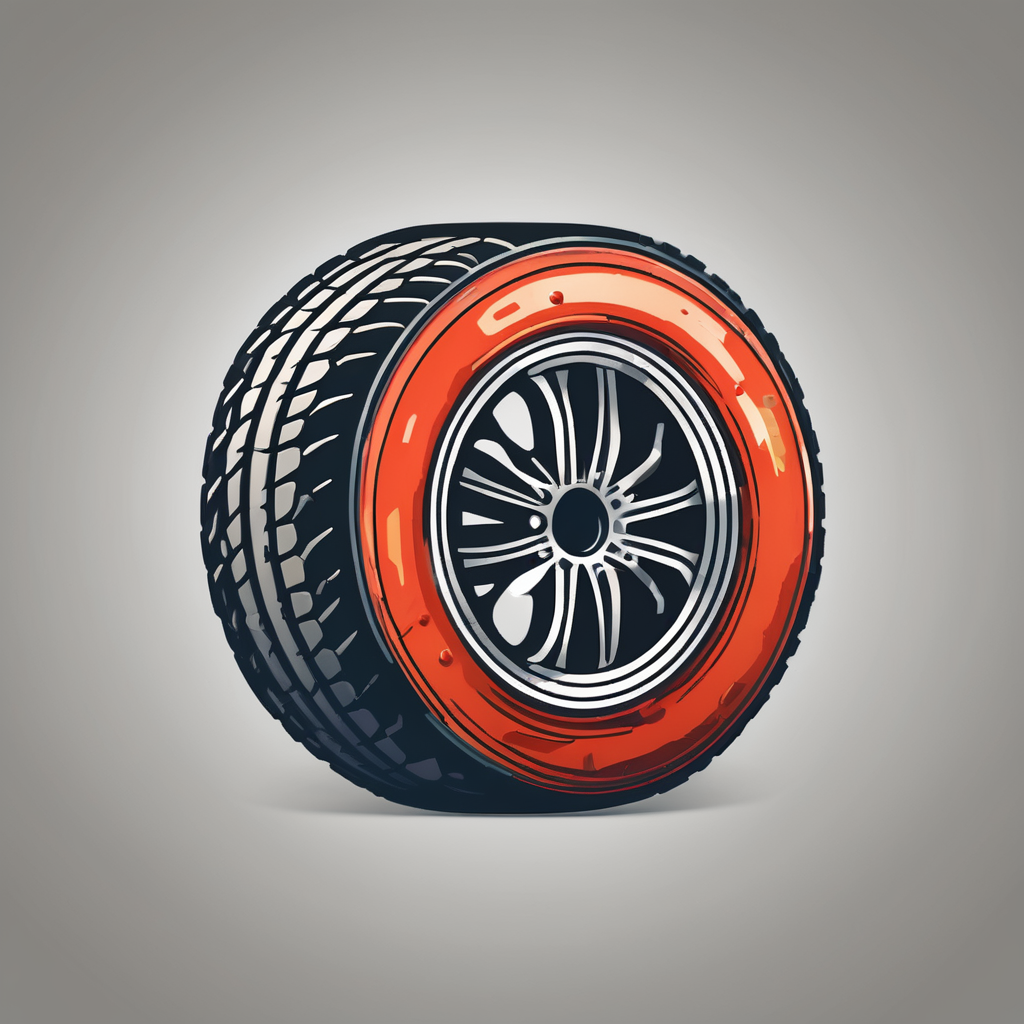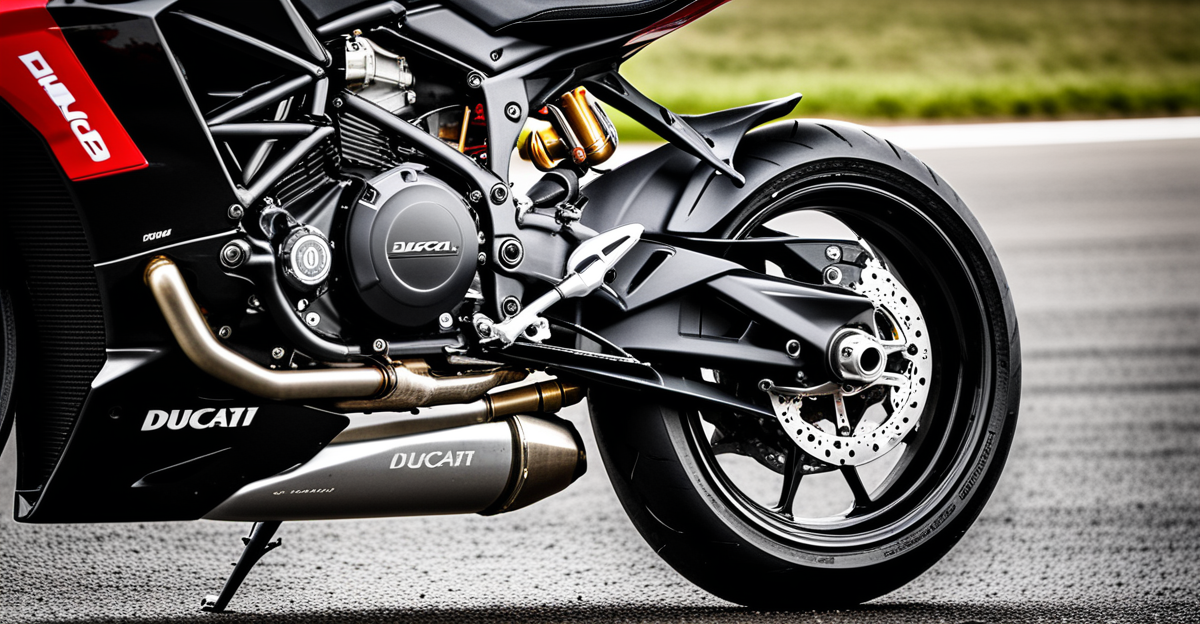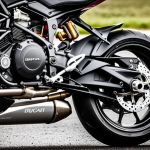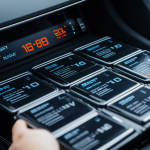Essential Maintenance Practices for the Ducati 959 Panigale Exhaust
Maintaining the Ducati 959 Panigale exhaust requires consistent attention to ensure its longevity and optimal function. Routine care begins with a thorough inspection to identify any signs of corrosion, cracks, or loose fittings. This step is crucial for early detection of wear that could compromise exhaust performance.
Cleaning the exhaust involves using specific tools and products designed for high-temperature metal surfaces. It’s recommended to use a non-abrasive metal cleaner and a soft cloth to remove dirt and residues without damaging the exhaust’s finish. Avoid harsh chemicals that can corrode the metal.
In parallel : Transform Your Kawasaki Z1000: The Ultimate DIY Guide to Upgrading Front Brake Discs for Enhanced Stopping Power
Maintenance intervals for the Ducati 959 Panigale exhaust typically align with general service schedules, such as every 6,000 miles or during seasonal check-ups. Following these intervals helps prevent buildup of carbon deposits and maintains efficient exhaust flow.
A practical routine includes checking mounting brackets and exhaust clamps, cleaning the pipe surfaces, and inspecting the exhaust gasket seals. Adhering to these steps ensures the exhaust longevity and supports the motorcycle’s peak performance. Using dedicated cleaning kits tailored for Ducati exhaust systems further enhances care quality.
Also read : Essential Maintenance Tips for Your Harley-Davidson Softail Slim’s Belt Drive System
Essential Maintenance Practices for the Ducati 959 Panigale Exhaust
Maintaining Ducati 959 Panigale exhaust integrity depends heavily on detailed, step-by-step routine care. Begin with a meticulous inspection: check for surface rust, loose clamps, or gasket wear that could impair exhaust longevity. These inspections should be frequent, ideally aligning with the Ducati 959 Panigale exhaust maintenance schedule, typically every 6,000 miles or before long rides.
For cleaning, use non-abrasive metal cleaners specifically formulated for high-temperature exhaust parts. Avoid harsh solvents that can damage the finish. A soft microfiber cloth works best to gently remove dirt and carbon buildup without scratching the surface. This preserves the metal’s protective coatings and enhances overall exhaust performance.
Routine care also includes careful tightening of mounting bolts and securing brackets to prevent vibrations that may cause premature wear. Using dedicated tools made for motorcycle exhaust systems ensures precision and protects delicate components.
Following these recommended maintenance intervals and employing appropriate tools not only support exhaust longevity but also help sustain peak performance and reliability of the Ducati 959 Panigale exhaust system over time.
Essential Maintenance Practices for the Ducati 959 Panigale Exhaust
Careful Ducati 959 Panigale exhaust maintenance demands a detailed, methodical approach focusing on routine inspections and cleaning procedures tailored to this model. Begin each session by closely examining the exhaust for signs of corrosion, cracks, and gasket condition. Pay attention to mounting brackets and clamp tightness to avoid vibrations that could undermine both safety and exhaust longevity.
Cleaning requires selecting the right products: opt for non-abrasive metal cleaners designed for high-temperature exhaust parts. Avoid harsh chemicals that can erode protective coatings. Use a soft cloth or microfiber towel to gently remove carbon build-up and grime without damaging the finish. This preserves both aesthetics and function.
Align maintenance intervals with Ducati’s specific schedule, generally every 6,000 miles, or more frequently under demanding riding conditions. Regular attention at these intervals ensures carbon deposits don’t accumulate excessively and exhaust flow stays optimal.
Utilize tools crafted for motorcycle exhausts to precisely tighten fittings and avoid overtightening. Employing the proper cleaning products and maintaining scheduled checks supports the routine care process effectively, directly contributing to sustained exhaust longevity and peak Ducati 959 Panigale exhaust function over time.
Essential Maintenance Practices for the Ducati 959 Panigale Exhaust
Proper Ducati 959 Panigale exhaust maintenance hinges on a clear, methodical routine care plan. Begin with a step-by-step inspection focusing on identifying surface corrosion, cracks, and loosening of mounting brackets or clamps. Careful scrutiny prevents small issues from worsening, directly supporting exhaust longevity.
Cleaning should use products specifically designed for high-temperature motorcycle exhausts. Choose a non-abrasive metal cleaner and apply it with a soft cloth to avoid damaging the finish. Harsh chemicals can erode protective coatings, so they must be avoided to maintain optimal exhaust function.
Maintenance intervals for the Ducati 959 Panigale exhaust are typically recommended every 6,000 miles or during seasonal servicing. Maintaining this schedule prevents carbon buildup and secures consistent performance. Using tools tailored for motorcycle exhaust systems, such as torque wrenches and soft-tip brushes, ensures precise tightening of bolts and effective cleaning without harm.
Routine care also involves checking exhaust gasket seals for leaks and ensuring clamps are tight but not overtightened. Following these procedures diligently promotes exhaust longevity and keeps the Ducati 959 Panigale running at peak efficiency.









